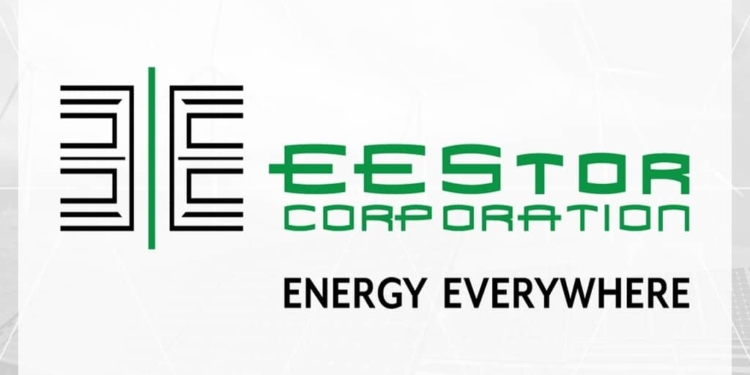source: EEStor news
Reports 35x increase in energy density, and a decrease in product costs of 10x. Low-cost, long-life thermally stable capacitors expected to significantly impact grid storage, wind, automotive, aircraft, laptop, camera, power backup, memory, UPS, solid-state disc drive and railway wayside market sectors.
TORONTO and AUSTIN, Texas, Jan. 24, 2018 (GLOBE NEWSWIRE) — EEStor Corporation (TSXV:ESU) (the “Company” or “EEStor”) today announced that it continues to make significant improvements to its high energy, low-cost storage capacitors under development. Since its last technology update on March 27, 2017, EEStor has developed several polar polymers for use with its composition modified barium titanate (CMBT) dielectric powder. Three independent testing firms, Radiant Technologies, Intertek and MRA Labs, have completed testing various aspects of the Company’s storage capacitors. The MRA report confirmed the thermal stability of the Company’s dielectric. The Radiant Technologies and Intertek reports confirmed that the Company’s capacitors have the ability to store large amounts of energy, 19.04 Joules/cubic centimeter (J/cc) or 5.2 watt hours/liter (wh/l). This marks a 35x increase over the previous generation of EEStor prototype capacitors.
“The supercapacitor market is forecasted by MarketsandMarkets™ to reach USD $2.18 Billion by 2022, a compounded annual growth rate of 20.7% during the forecast period,” said Ian Clifford, CEO of EEStor. “The expected growth in the supercapacitor market is attributed to the anticipated demand for high storage capacity compared to conventional capacitors. EEStor’s capacitor performance characteristics, along with its small footprint, high voltage breakdown, low cost and benign material components, are expected to make capacitors made from EEStor’s dielectric a leading value proposition for long life, low cost, temperature stable energy storage. Grid storage, wind, automotive, aircraft, laptop, camera, power backup, memory, UPS, solid-state disc drive and railway wayside market sectors could potentially all benefit from our technology.”
EEStor’s capacitors are electrostatic, meaning there are no chemical reactions involved in energy storage, while delivering high power densities. In contrast, supercapacitors are confined to low voltages (typically 2.5 volts to 2.7 volts). This means that unlike traditional supercapacitors, EEStor capacitors do not need to be combined in series to reach high voltage levels, providing further performance, size and cost advantages.
In addition to increasing energy density, the raw material cost to manufacture EEStor’s polymer capacitors has dropped by a factor of 10. Through the careful selection of materials, and the development of new processes for coating, mixing and forming CMBT polymer composites, EEStor has been able to dramatically lower the material and manufacturing costs of producing its polymer capacitors. All materials utilized in the production of EEStor’s CMBT and subsequent capacitors are globally abundant, domestically available and environmentally benign.
EEStor continues to work on a number of initiatives to unlock further performance improvements in its unique CMBT dielectrics.


































